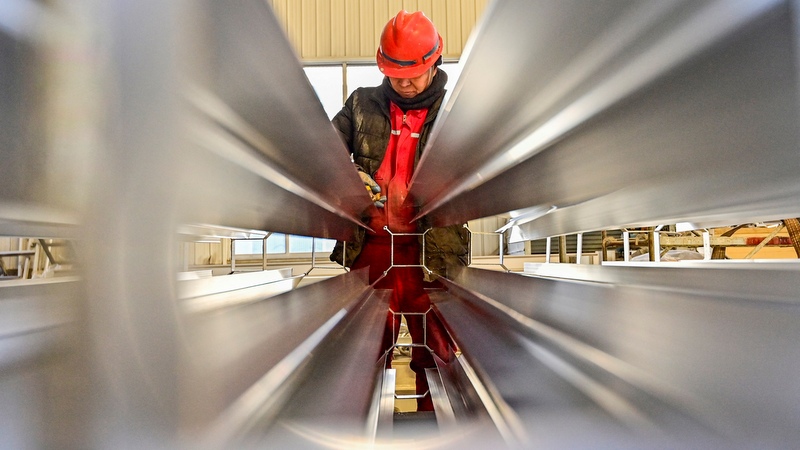Steel and aluminium
The 25% tariffs on steel and aluminium came into force yesterday (Mar 12), hitting every country that exports the metals.
The aim is to protect the declining US steel industry as it faces growing competition, especially from Asia.
The United States imports around half the steel and aluminium used in the country to make items ranging from cars and planes to soda cans.
Canada is the leading supplier of steel to the United States, followed by Brazil.
The European Union swiftly unveiled retaliation starting in April, targeting US$28 billion worth of US products including boats, bourbon and motorbikes.
Canada announced yesterday additional tariffs on $20.7bn of imports from the United States, including steel and aluminium products along with goods as varied as computers and sports equipment.
But incoming prime minister Mark Carney said he was ready to negotiate directly with Trump a renewed trade accord to avoid further economic tussling.
Trump had earlier threatened to impose steeper tariffs of 50% on Canada after Ontario province imposed a 25% surcharge on electricity exports to three US states, but both sides later backed down.
Top steel producer China also vowed to hit back, though its exports to the United States are small in comparison.
Brazil, Britain, and Mexico all held off adopting countermeasures.
North American standoff
Trump unveiled 25% tariffs on Canadian and Mexican goods on Feb 1, with a lower rate of 10% for Canadian oil.
But hours before they were due to take effect on Feb 4, Trump agreed to delay the move for a month.
Fast-forward to Mar 4: the tariffs come into force, hitting imports from Mexico such as avocado or tomatoes and Canadian goods such as lumber.
Three days later, Trump gave the two countries another one-month delay, this time on products covered under the United States-Mexico-Canada Agreement (USMCA) - a pact the US leader signed into law during his first term in office in 2020.
In response to the pause, Canada delayed its own second wave of retaliatory tariffs on $87bn worth of US products until Apr 2.
Trump has justified the tariffs on the United States’ neighbours and vital trade partners, along with China, as a response to illegal immigration and the deadly drug fentanyl coming into his country.
China
Trump has not given China such breaks. It is the country with which the United States has the biggest trade deficit, at more than $295bn last year.
Ten percent tariffs on goods from the country considered the world’s factory came into effect on Feb 4, and they were increased to 20% on Mar 4.
Beijing retaliated, imposing 10- and 15% levies on a range of agricultural imports from the United States since Monday, from soybeans and corn to chicken and beef.
China has also applied duties of 15% on US coal and liquefied natural gas, and 10% on oil and other goods.
China has also pushed back on its alleged role in the deadly fentanyl supply chain, saying Beijing has cooperated with Washington and arguing that tariffs would not solve the drug problem.
Next target: EU
Trump has said that products from the 27-nation European Union would be hit with a tariff of 25%, claiming that the bloc has “taken advantage of us”.
The EU, which has a $50bn trade surplus with the United States, has vowed to retaliate with proportionate countermeasures.
Trump said yesterday: “We’re going to win that financial battle.”
Next big date: Apr 2
Trump has also signed plans for sweeping “reciprocal tariffs” that could hit both allies and adversaries by Apr 2.
The levies would be tailored to each US trading partner and take into account the tariffs they impose on American goods, alongside taxes the White House has said are discriminatory, such as value-added taxes.
It is also the day that the delayed tariffs from Mexico and Canada are supposed to come into force.
Trump has said tariffs on automobiles, semiconductors and pharmaceuticals could come as early as Apr 2, with a rate of around 25%.
For computer chips and pharmaceuticals, he said they could “go very substantially higher over (the) course of a year.”








